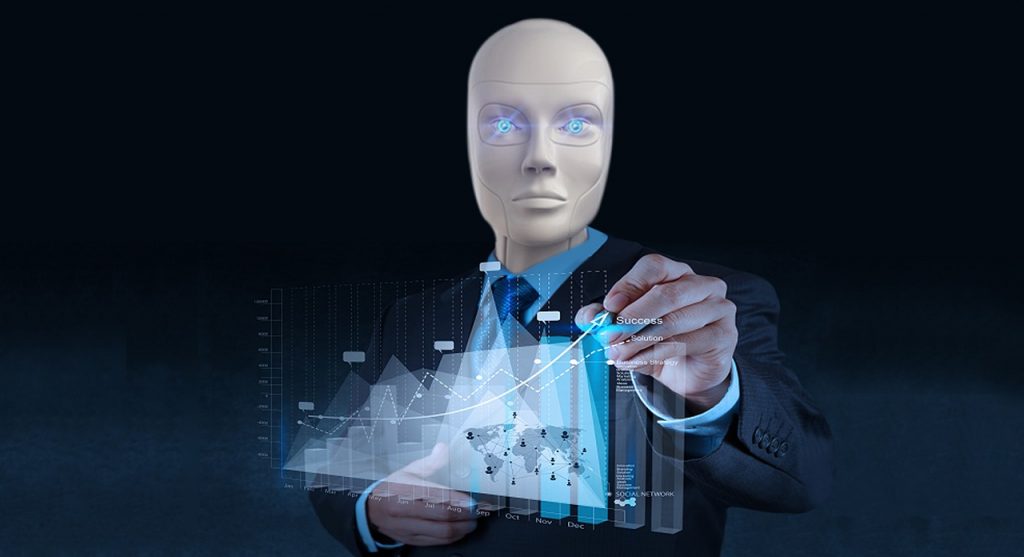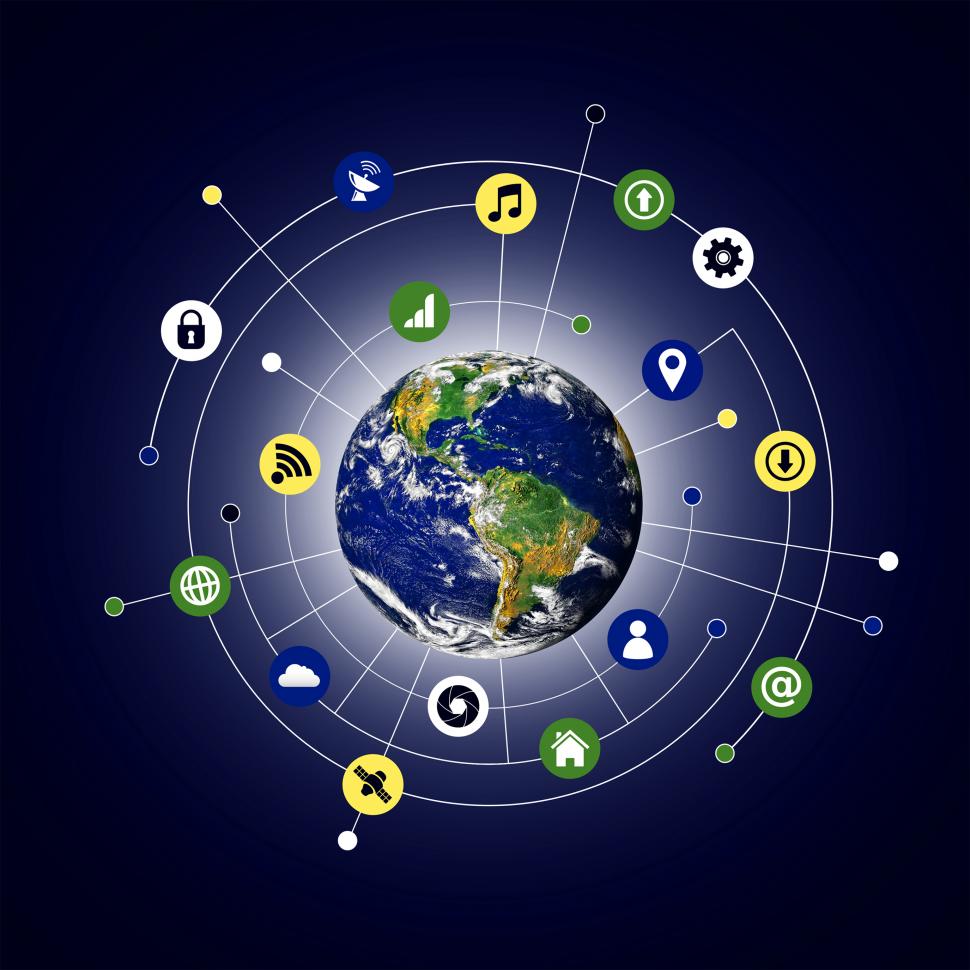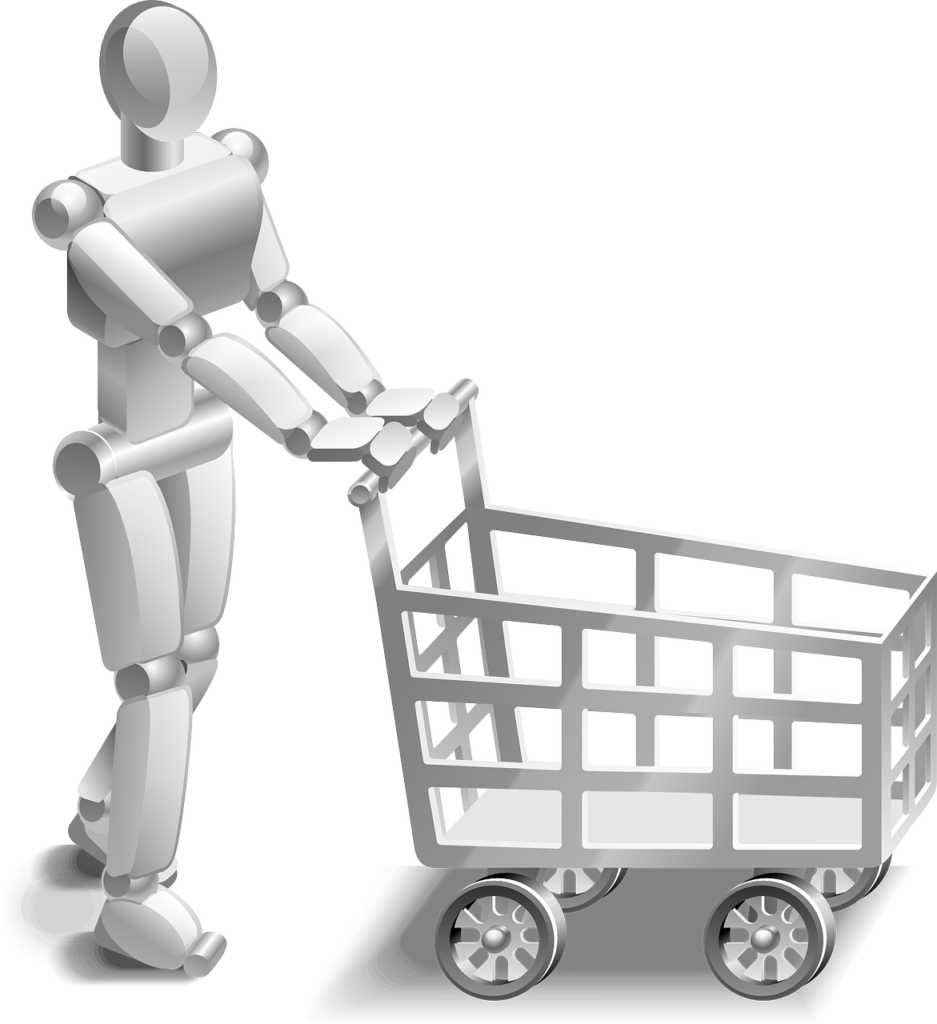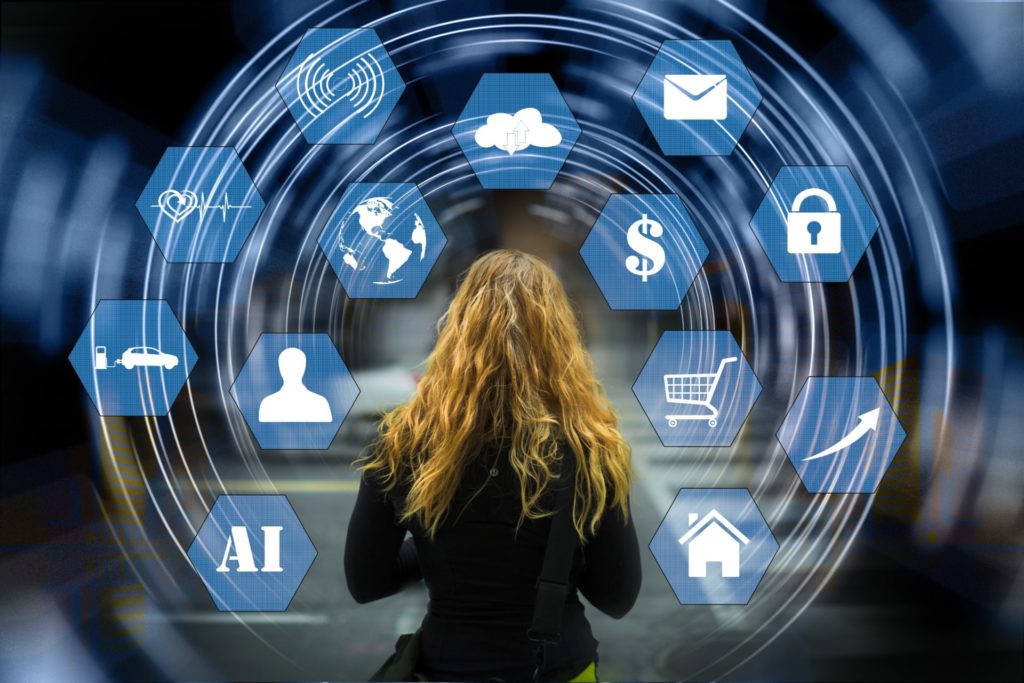Here at TechGenix, we have done many articles on new technologies such as artificial intelligence (AI) and the Internet of Things (IoT) and how they are simplifying our lives and enabling us to live a better quality of life — along with the challenges they present to IT pros who must deal with them in their jobs. And as these technologies move into the mainstream, we’re seeing the results of combining two or more of them. Case in point: AI and IoT, which has given us the Artificial Intelligence of Things (AIoT).
So, what is AIoT and how do we leverage its power? Is it the future of our lives and our jobs?
Let’s explore the answers to all these questions in this article.

What is AIoT?
AIoT is the artificial intelligence of devices. To better understand this concept, let’s quickly recap what IoT is. Internet of Things is a technology that allows devices to connect to the Internet, so they can collect, send, and process data. Artificial intelligence, on the other hand, is the way a device or a system learns things and acts accordingly.
When you combine the two, you have devices that connect to the Internet to gather data and the intelligence to analyze patterns and act accordingly. In this sense, everyday devices have the intelligence to learn from their usage and automatically do what is expected of them, without any form of human interference.
So, how do the two technologies blend and work together?
Working of AIoT

At the heart of its operations, IoT consists of a bunch of sensors that can send and receive streams of data by connecting to the Internet. But mere sending and receiving of data don’t add value unless that data is analyzed and acted upon, and this is where AI comes into play.
In other words, IoT creates the data, and AI analyzes them to provide meaningful insights and, accordingly, the desired behavior or action necessary to enhance efficiency and productivity. Based on this, we can trace the workflow of AIoT devices.
- It all starts with creating data with the help of sensors.
- These data are communicated through networks.
- All data are aggregated in a single place.
- This data is analyzed for meaningful insights.
- The necessary actions are done based on the insights.
Obviously, the last step is the most important one from our perspective. But to get there, the remaining four are crucial, and this is what makes the AIoT more powerful than just AI or IoT because this technology encompasses the end-to-end ecosystem from data gathering to appropriate actions.
Now that we have a firm idea of AIoT, how does it impact us?
Benefits of AIoT
Here are some ways AIoT can help us to live and work better.
Reduces failure
In an AIoT system, the data is generated and analyzed to identify possible points of failure and the same is fixed to ensure no breakages in work. It can identify the problematic parameters and adjust them on-the-fly to prevent failures and downtimes.
This eliminates the need for costly and time-consuming interventions that disrupt work.
Boosts efficiency
One of the biggest benefits of AIoT is the increase in efficiency because all the necessary data and actions are readily available. So, there is no question of waiting for the data to come in or processing time for the same. Take the case of Rolls-Royce, which plans to use AIoT for its engine maintenance. This is expected to identify problems and provide operational insights that, in turn, can lead to more fuel-efficient and better-performing car engines.
Saves money
AIoT enhances predictive intelligence to reduce operational costs. Google, for example, uses AIoT to bring down the cooling costs of its data centers. Likewise, oil and gas companies are looking to use AIoT to reduce equipment breakdown that can result in savings from unplanned downtimes.
Risk management

Improved risk management is another important benefit of AIoT as it can predict risks in advance and possibly even mitigate them at the earliest. This helps organizations to better prepare for and handle financial losses, cyberattacks, and even employee safety.
Many banks are looking into the possibility of using AIot to reduce ATM frauds and other possible cyberattacks on their systems.
New revenue streams
AIoT opens a world of opportunities for businesses to offer new products and services that can boost their revenue and set the stage for new markets.
Many industries have started using AIoT in natural language processing (NLP) to better interact with humans, advanced fleet management systems to monitor the position of vehicles in real-time, drones to get to areas that are hard for humans to reach, and more.
From these benefits, do we assume that AIoT is the future?
Is AIoT the future?
The answer is an overwhelming yes! Let’s look at some key statistics to understand why.
- Gartner predicts that 80 percent of all enterprise IoT projects will have AI as its integral component
- Forbes predicts that organizations that combine the power of AI and IoT can see a 38 percent increase in profitability by 2035.
- IBM states that 19 percent of high performers, also called Reinventors, are using AIoT
- According to a survey by SADA systems, IoT and AI are the top technologies that companies are investing in. It won’t be long before the two are combined to leverage the synergetic benefits
Well, the stats can go on, and all these points to a single trend — AIoT is the future of our tech world.
Moreover, many industries have already started using AIoT while others are laying the foundation for leveraging its power.
AIoT applications
Let’s now take a look at some of the current and future applications of AIoT to give you an idea of its potential.
ET City Brain
ET City Brain is an urban planning solution powered by AIoT and Alibaba Cloud. This system detects traffic, and accordingly, the traffic lights change to reduce congestion. It also helps ambulances to reach their destination faster by changing the traffic lights as needed.
This system has decreased traffic by 15 percent and increased the accuracy of detecting road accidents and illegal parking.
Smart retail

In this AIoT implementation, a facial recognition system detects a customer as soon as he or she walks into a store. Based on the preferences and past buying experience, the store can display offers and products that would appeal to its customers.
This way, the chances of buying a product is increased with this kind of targeted advertising. For customers, it is easy to find what they want!
Manufacturing
AIoT is well-suited for the manufacturing industry, given the number of routine tasks in it. This technology can predict when machines are likely to wear out, identify and fix problems, facilitate data transfer and understanding, and so much more to make the entire manufacturing process more efficient and less time-consuming, and expensive.
Autopilot from Tesla
Tesla’s Autopilot system uses AIoT to collect data from sensors, feed them into neural network architectures, evaluate the many related parameters, and determine the next action that the car must take — all within a second!
Wearables
Currently, wearables are constantly monitoring your health and displaying your vital signs. But in the future, these wearables can analyze your vital signs and predict major conditions like heart attacks and strokes.
Imagine how life-saving it would be to proactively address these major health indicators!
The above applications are just the tip of the iceberg, and AIoT’s potential is truly boundless. It can impact every aspect of our lives and society and can contribute towards a healthier and happier life for all of us.
What do you think of AIoT? Please share your thoughts with us in the comments section.
Featured image: Shutterstock




